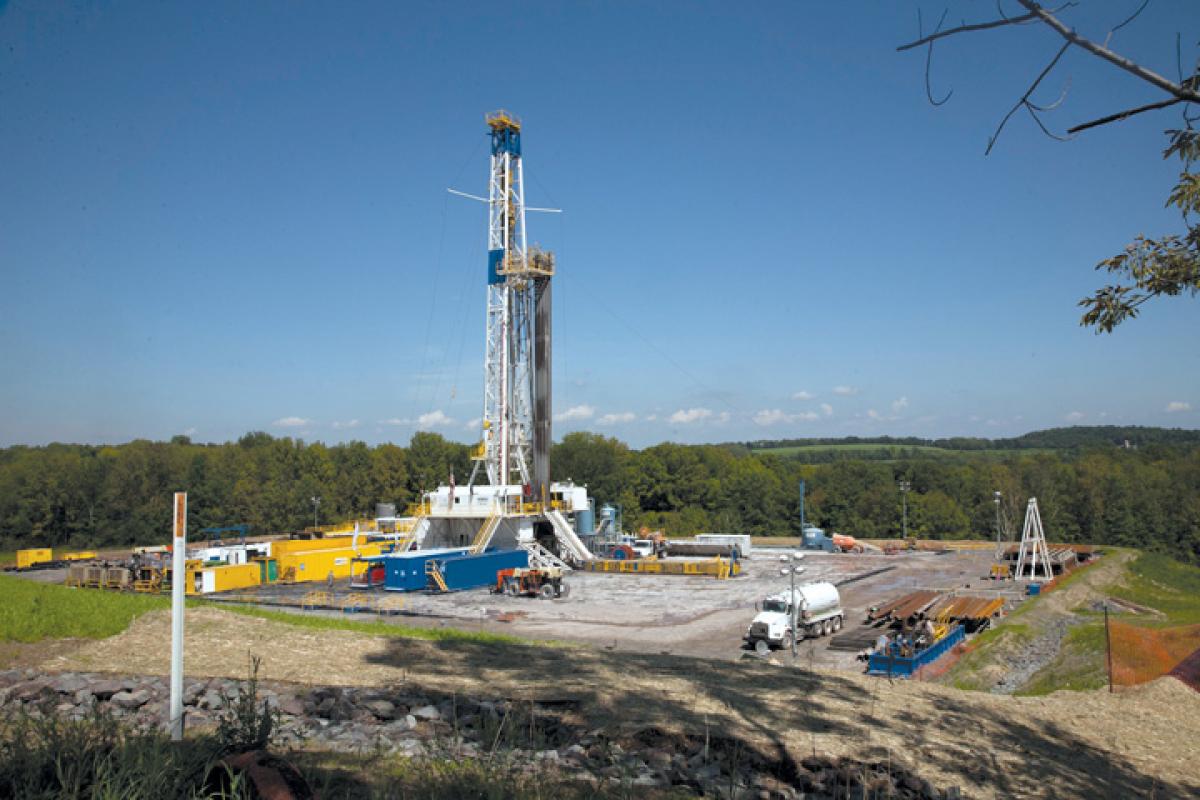Among today’s many fast-moving changes are the very real prospect of U.S. energy independence, the resurgence of U.S. manufacturing, and the advent of 3D printing. Each brings implications for national-security policy changes and challenges.
Citigroup analysts report that because of hydraulic fracking, the new gas-drilling technology, we are the world’s fastest-growing oil and natural-gas producer. Including the output from Canada and Mexico, North America is becoming the new Middle East. Citigroup suggests that the United States, and perhaps all of North America, may be able to achieve energy independence by 2020.
U.S. oil imports could drop 20 percent by 2025, says the U.S. Energy Information Agency. Investor T. Boone Pickens thinks we can end oil imports from Organization of Petroleum Exporting Countries through new drilling and by shifting diesel-powered trucks to natural gas. Some say the energy supply-and-demand revolution could boost gross domestic product by 2 to 3.3 percent, with ripple effects including U.S. re-industrialization.
In his 2012 Atlantic Monthly article “The Insourcing Boom,” Charles Fishman focused on the huge General Electric (GE) appliance manufacturing plant in Louisville, Kentucky. The facility was so large in the 1950s and 1960s that it had its own power plant, fire department, and, after 1963, even its own zip code. Employment peaked in 1973 at 23,000. By 2011 it was less than 2,000. Then something changed in 2012, as GE opened an all-new assembly line that had been dormant for 14 years to make high-tech water heaters, which the company had been producing in China.
Several months later, GE opened a second new assembly line to make refrigerators that had previously been put together in Mexico. Another line opened this year to make washers, dryers, and dishwashers. CEO Jeffrey Immelt wrote in the Harvard Business Review that outsourcing “is quickly becoming mostly outdated as a business model for GE appliances.” This is not an altruistic decision: “I think we can do it here and make more money.”
Others are also bringing manufacturing work back to the United States. Whirlpool’s appliance manufacturing and Otis’s elevator production are both coming home. As Booz & Company analyst Thomas Mayor reports, industry after industry is reassessing. Combined with the potential for U.S. energy independence, this means the domestic economy looks different. But the change isn’t limited to finance. If we do not depend for energy on the Middle East or for consumer goods East Asia and Mexico, greater freedom of action could result.
President Barack Obama noted in his February State of the Union address: “A once-shuttered warehouse is now a state-of-the art lab where new workers are mastering the 3D printing [process] that has the potential to revolutionize the way we make almost everything.” The first industrial revolution began in Britain in the late 18th century with the mechanization of the textile industry. The second came in the early 20th century, when Henry Ford mastered the moving assembly line and ushered in the age of mass production. Now comes 3D printing.
Several converged technologies, including smarter software, new materials, and more agile robots, have resulted in the capacity to “print” three-dimensional objects. A product can be designed on a computer and produced by the 3D printer, which creates a solid object by building up successive layers of material. The digital design can be modified with a few mouse clicks. The printer can run unattended and make many objects that are too complex for a traditional factory to handle. Already hearing aids and high-tech parts of military jets are being printed in customized shapes.
Maersk Vice President Steve Carmel opined recently, speaking in his capacity as an industry expert and not as a representative of his company, that 3D printing will change supply chains. No longer will a component be made in country X and then shipped to country Y for final assembly, and finally to countries Zs for sale. Instead, products will be “built” where the market is. This could completely redefine the containership industry and, for that matter, maritime trade in general. The Chief of Naval Operations’ Strategic Studies Group says that in the foreseeable future, when a sailor needs a new part, he or she will simply press the print button and voilà, a new part for a radar, gun, or fire pump will be available.
We can’t be certain how momentous all this will be, but it could lead to a national-security policy less tied to overseas resources and markets. Should that occur, it does not mean we should withdraw from the world, which would lead to greater instability and influence of countries that do not share our interests or values. For this reason alone, we must track the changes carefully.



